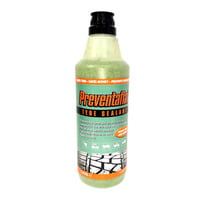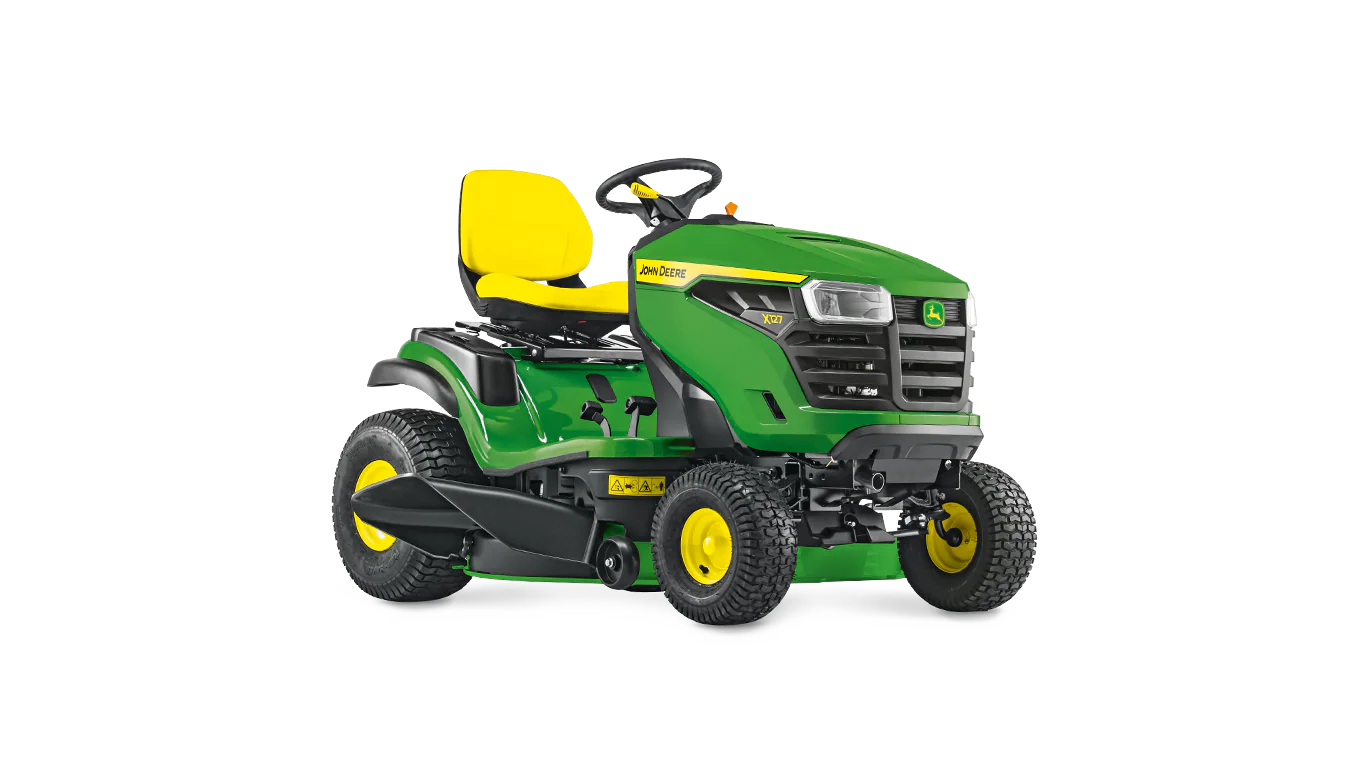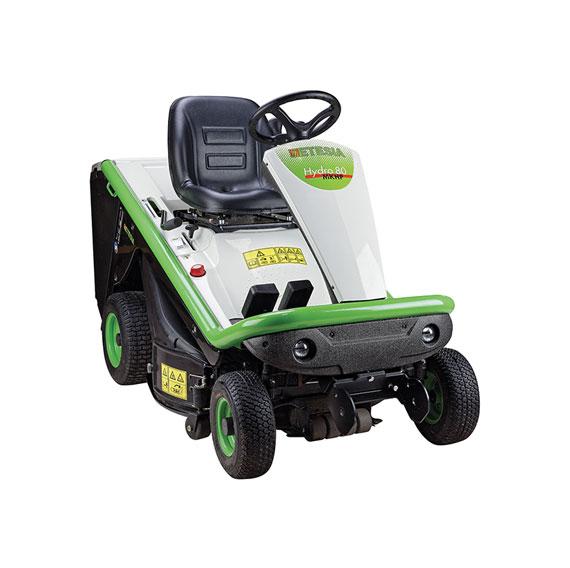How To Prevent A Tyre Puncture

Today my article is entitled how to prevent a tyre puncture, this is just a short post.
I don’t know how many of you have suffered from punctures on your garden and horticultural machinery, I certainly have in the past. I’m also sure you know how time-consuming this can be. You set out to undertake a simple task like mowing your lawn, only to find that your ride-on lawnmower has a tyre puncture!
More Info On OKO Preventaflat Tyre Puncture Repair Sealant
In the past I have literally lost hours of time due to a tyre puncture, I have been stuck in people’s gardens all day. It’s not much fun and it’s costly if you are trying to beat the weather and have more jobs to do!
How To Prevent A Tyre Puncture
Traditionally turf tyres are normally quite soft and generally only four-ply, this doesn’t give much protection against thorns and other sharp objects.
For the last 20 years plus I have been using a puncture repair sealant that almost eradicates punctures. I would say that it stops 98% of puncture repairs, in general punctures on a ride-on lawnmower or similar are caused through thorns.
Take a look at the reviews
I think probably the only puncture that the sealant didn’t repair was when I was cutting some long grass and the customer left a broken digging fork lying in the grass! This left a large hole in the tyre that had to be sealed professionally, however, leaving a garden fork long in long grass isn’t the best practice!

How do you use this puncture sealant?
The puncture sealant is normally sold in 1 L plastic bottles. It comes with a pull-out flexible plastic spout or tube that can be inserted around the air valve. The actual leader of the bottle comes with a tool to remove the air valve from the tyre or the tube. The valve must be unscrewed before you can add the puncture sealant.
The puncture sealant is made of a thick slimy substance, I have no idea what the ingredients are, all I know is that it works and it’s a great time saver.
Applying the puncture sealant
First, place your tyre valve at the 10 to 2 position. Then remove the air valve with the tool provided on the lead of the sealant. Obviously, once you remove the valve from the tyre all the air will be released. Place the tube of the bottle over the valve neck and squeeze the bottle. The puncture sealant is very thick, so it takes a few minutes to force the liquid into the tyre.
You will need to check the manufacturers recommended quantities depending on the size of the tyre. In normal circumstances, a couple of bottles would be adequate for the average ride-on lawnmower.
More information on how to prevent a tyre puncture
Once you have inserted the right amount of puncture sealant into the tyre, replace the valve by using the tool supplied. When you remove the valve care must be taken to keep the valve clean. Failure to do this can result in problems later. Replace the dust cap and inflate to the correct pressure and you are ready to go.
What happens when a thorn goes through my tyre?
In my experience when a thorn or unwanted object punctures your tyre, you may notice that the tyre is going flat. This is perfectly normal. If you see any unwanted objects sticking out of the tyre, like a thorn, remove the object. Then reinflate the tyre and keep the tyre moving. By keeping the tyre moving the puncture repellent is splashing around inside the tyre and creating a seal at the same time.
I normally like to keep a bottle of puncture repellent on the shelf in case of emergency.
Occasionally with tubeless tyres, they can come off the rim and you can lose some of the liquid. So it’s a good idea to keep a spare bottle of puncture repellent on the shelf.
To conclude
Preventing a tyre puncture is much better than waiting until you have a flat tyre. Using machinery commercially, in the past, I have lost hours and hours of working time, due to a flat tyre. It’s a very easy way to lose time and efficiency and cost you money.
The tyre sealant almost completely prevents a tyre puncture, it’s a great invention! When I purchase a new machine I either have the puncture repellent but in the tyres before the machine is delivered. Or, have the puncture repellent ready to apply before I use a machine.
Please note that this tyre prevention method is only for slow-moving or off-road machinery. You cannot use puncture tyre repellent in cars or vehicles that use public roads.


